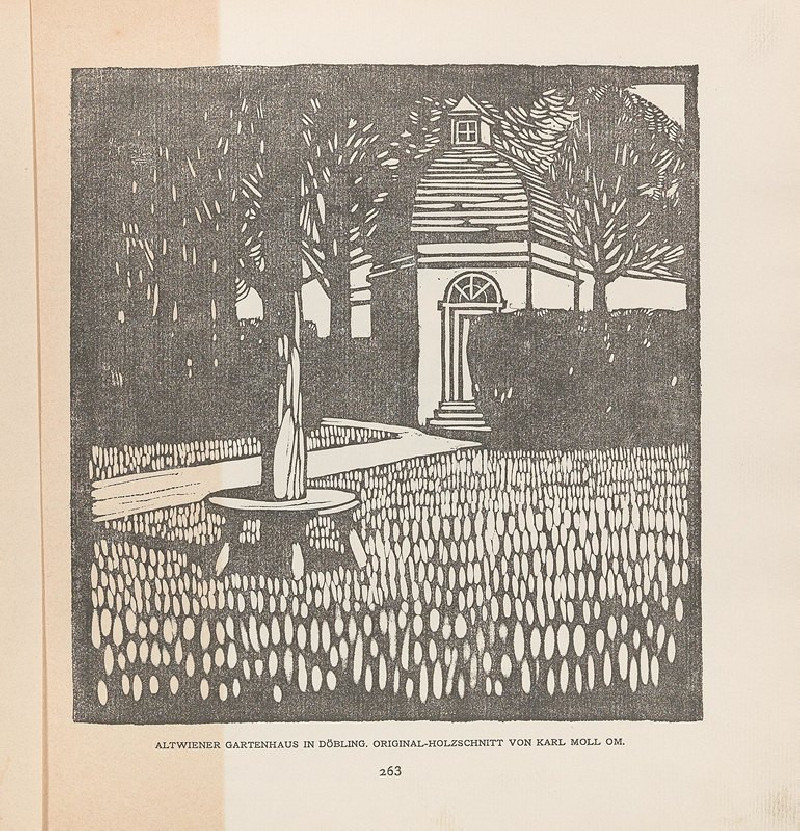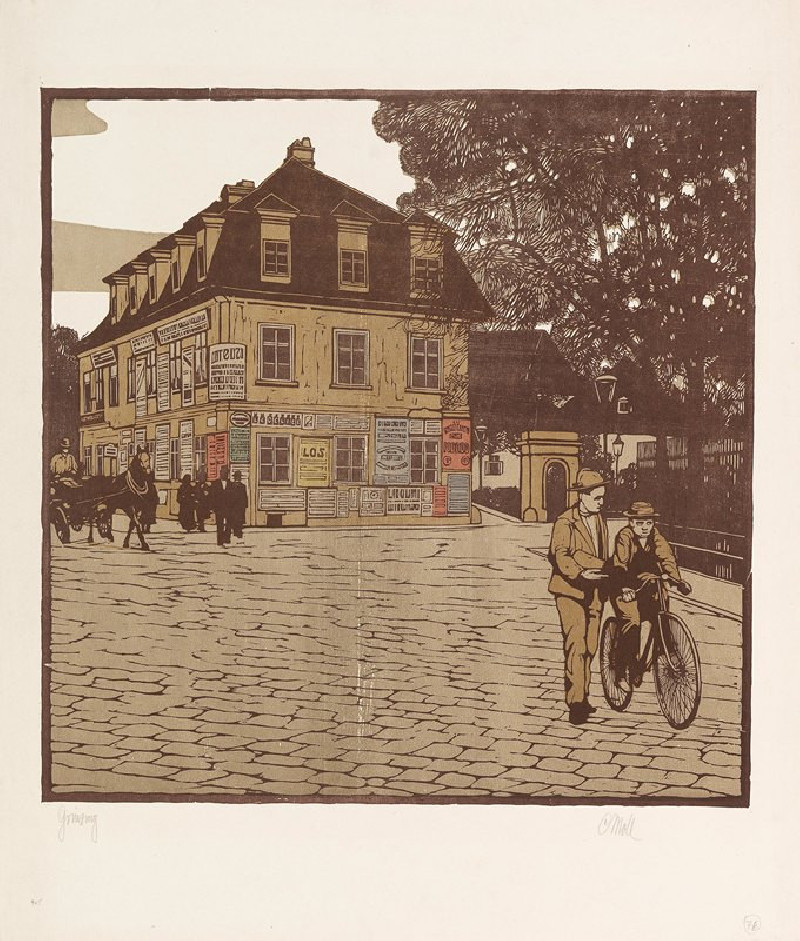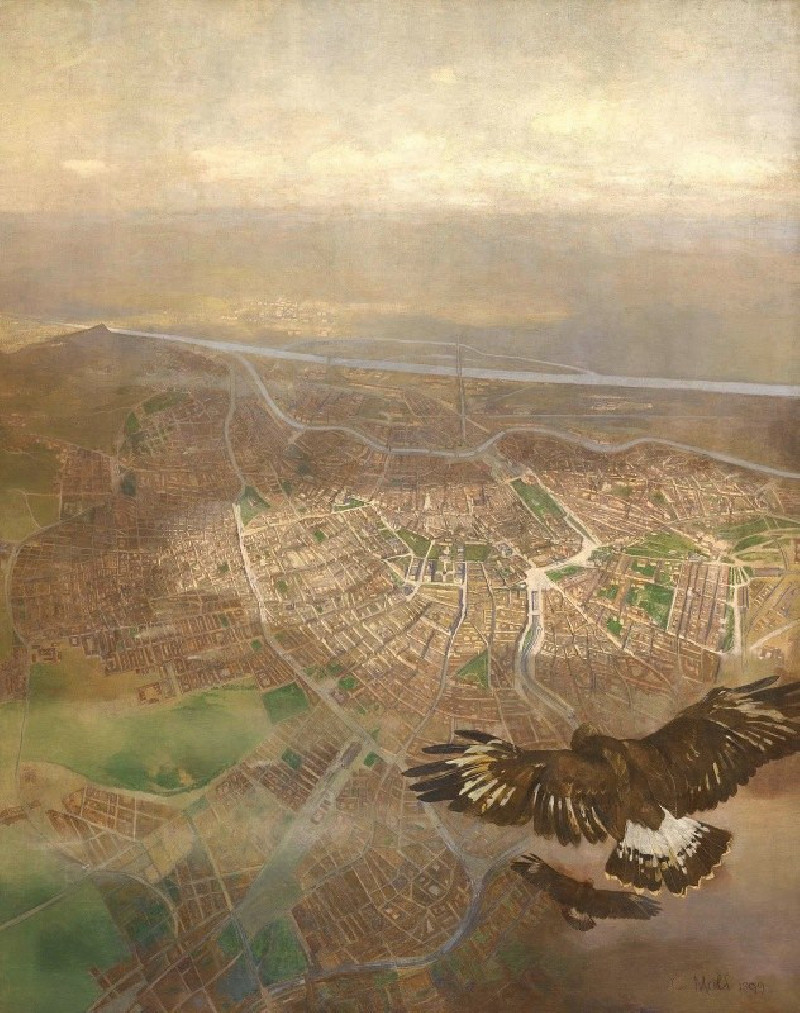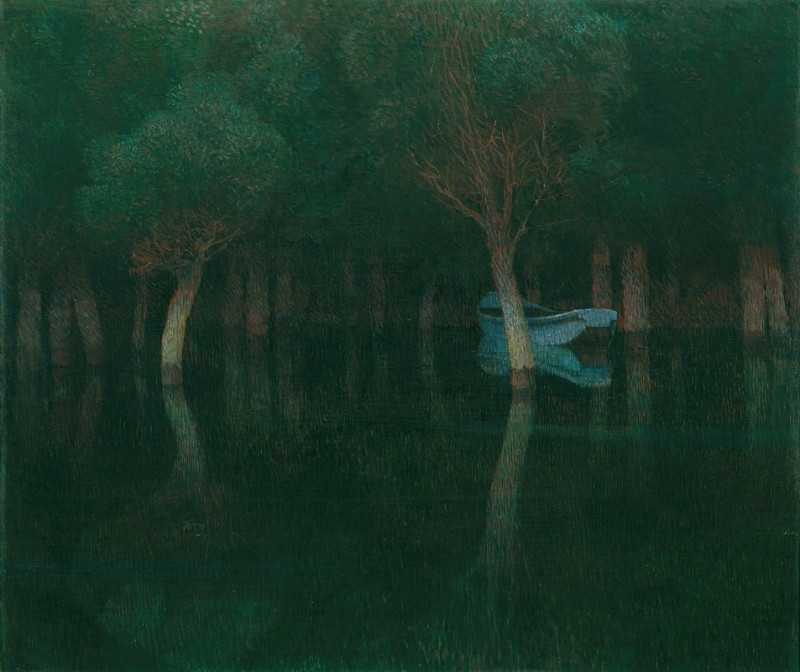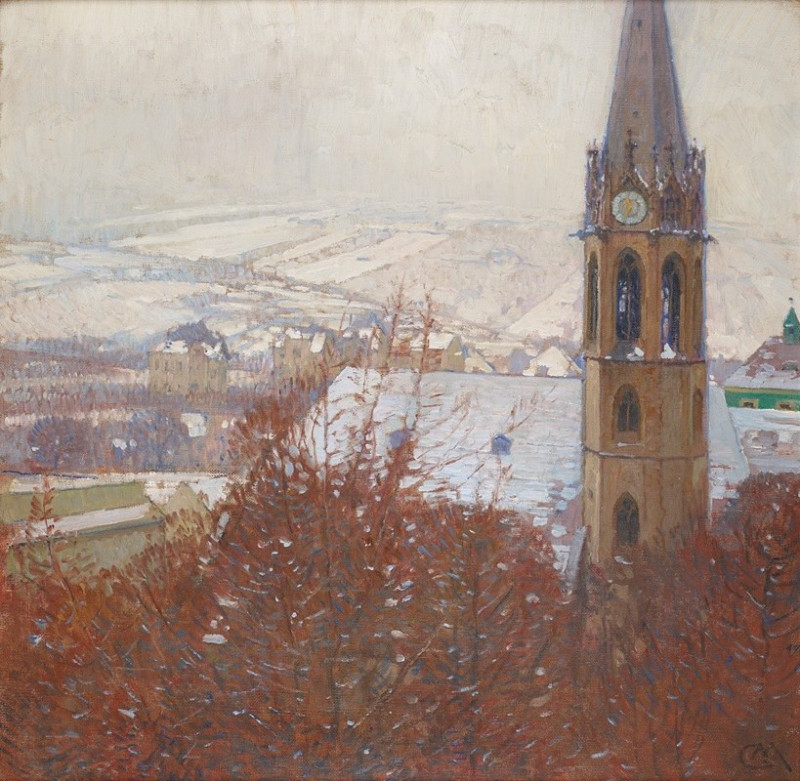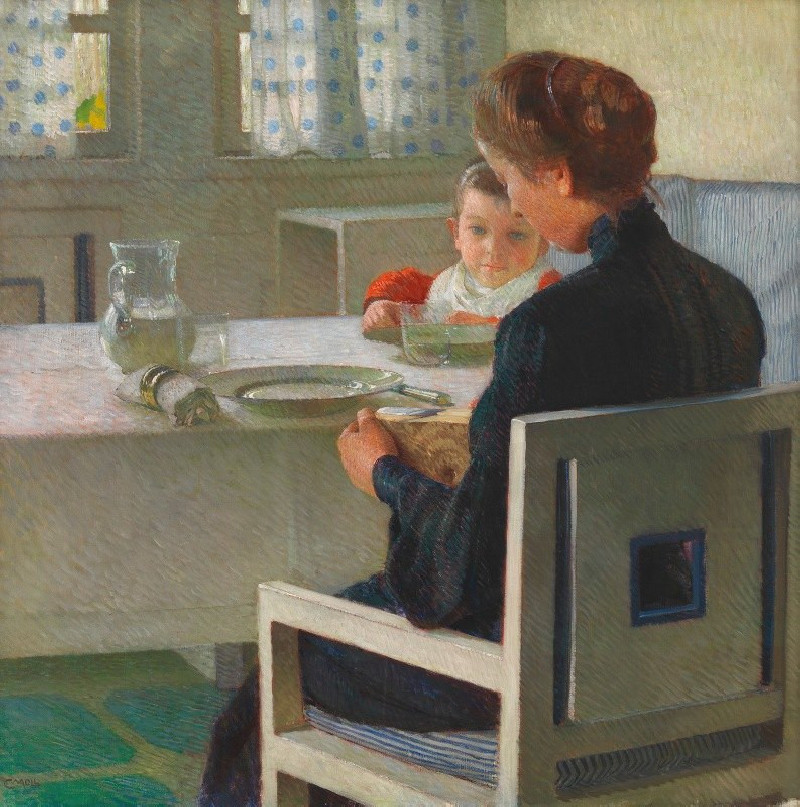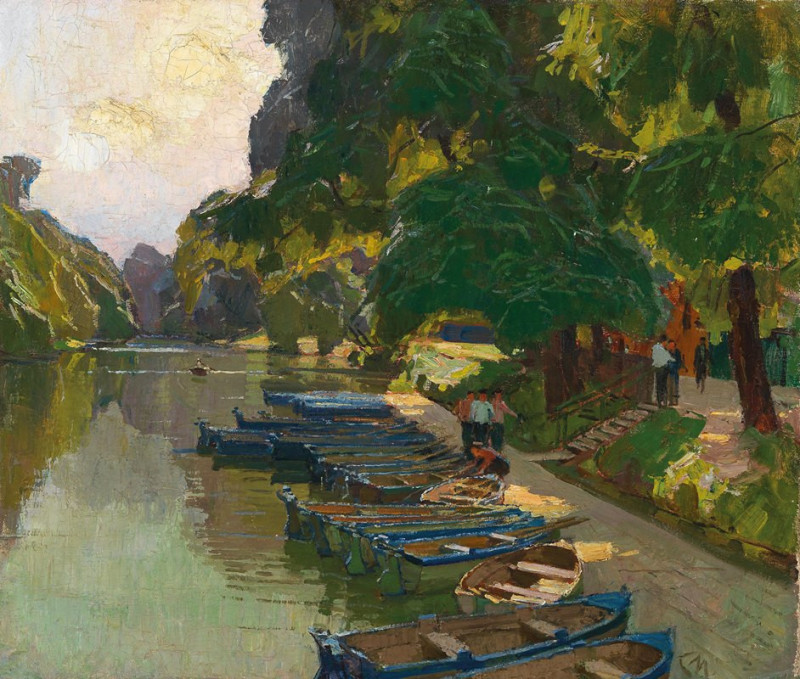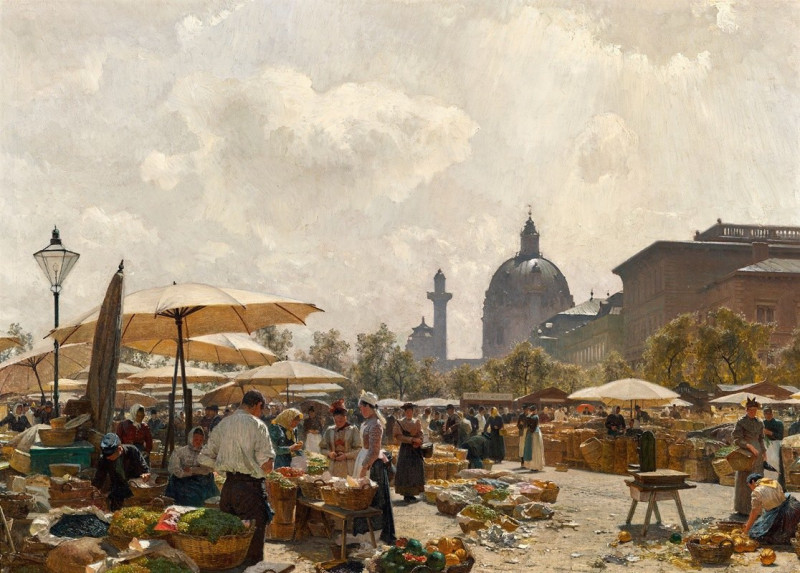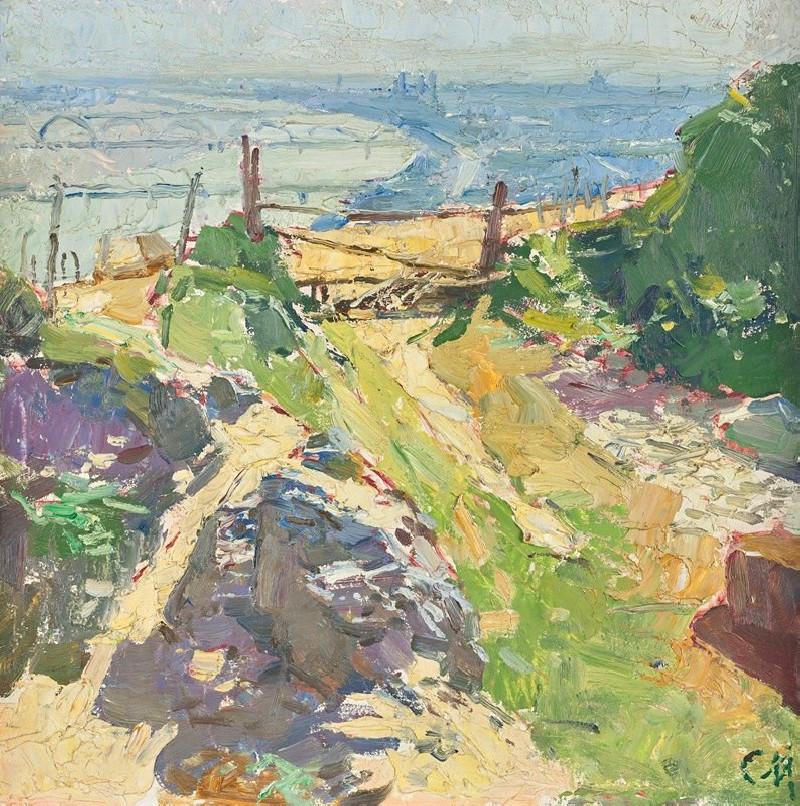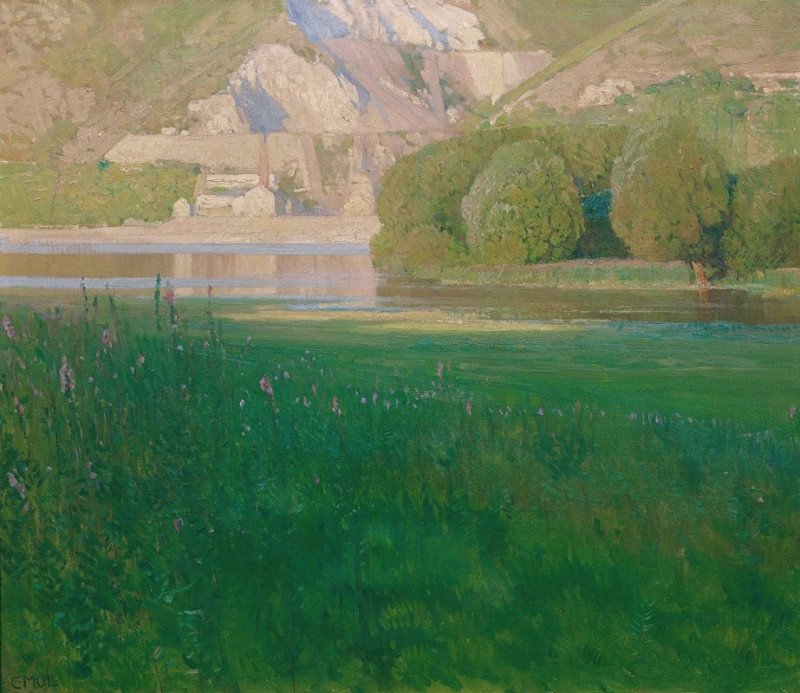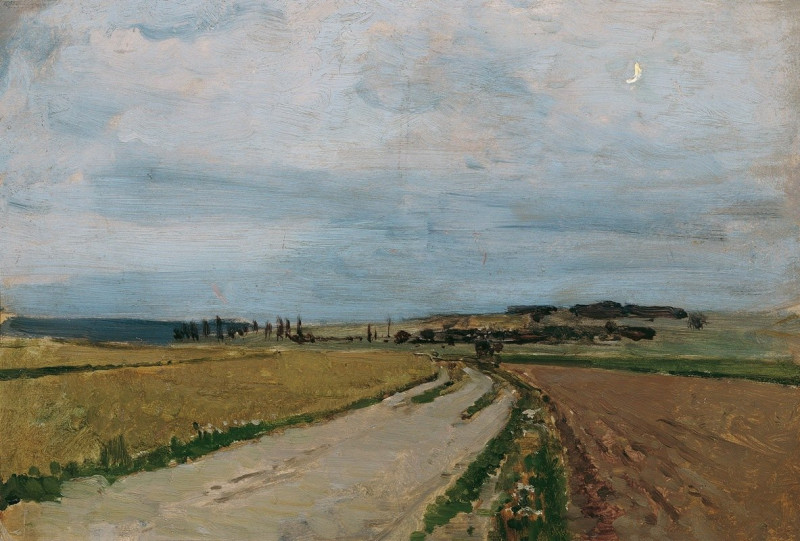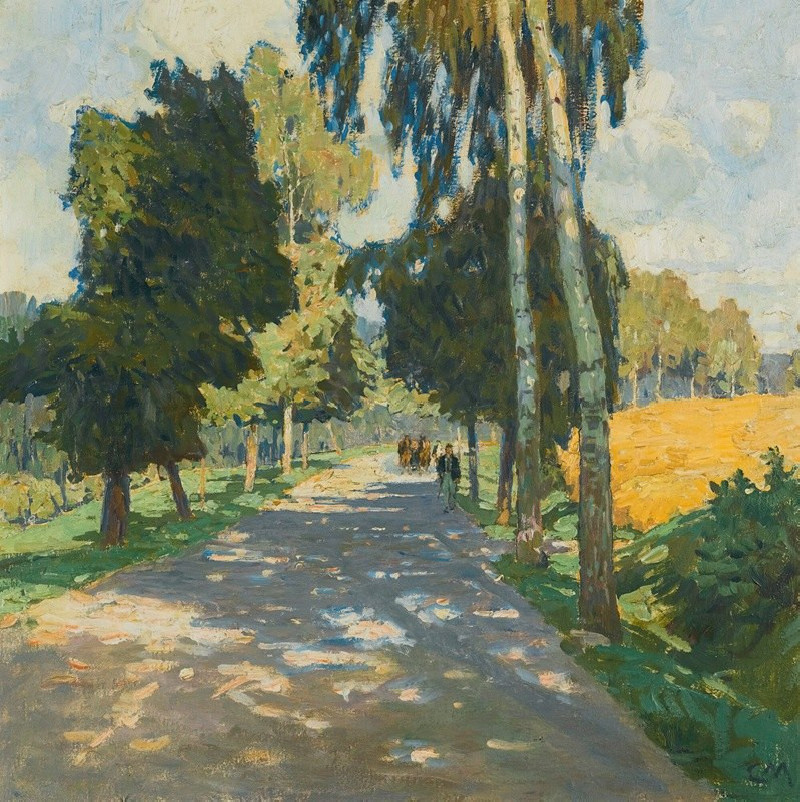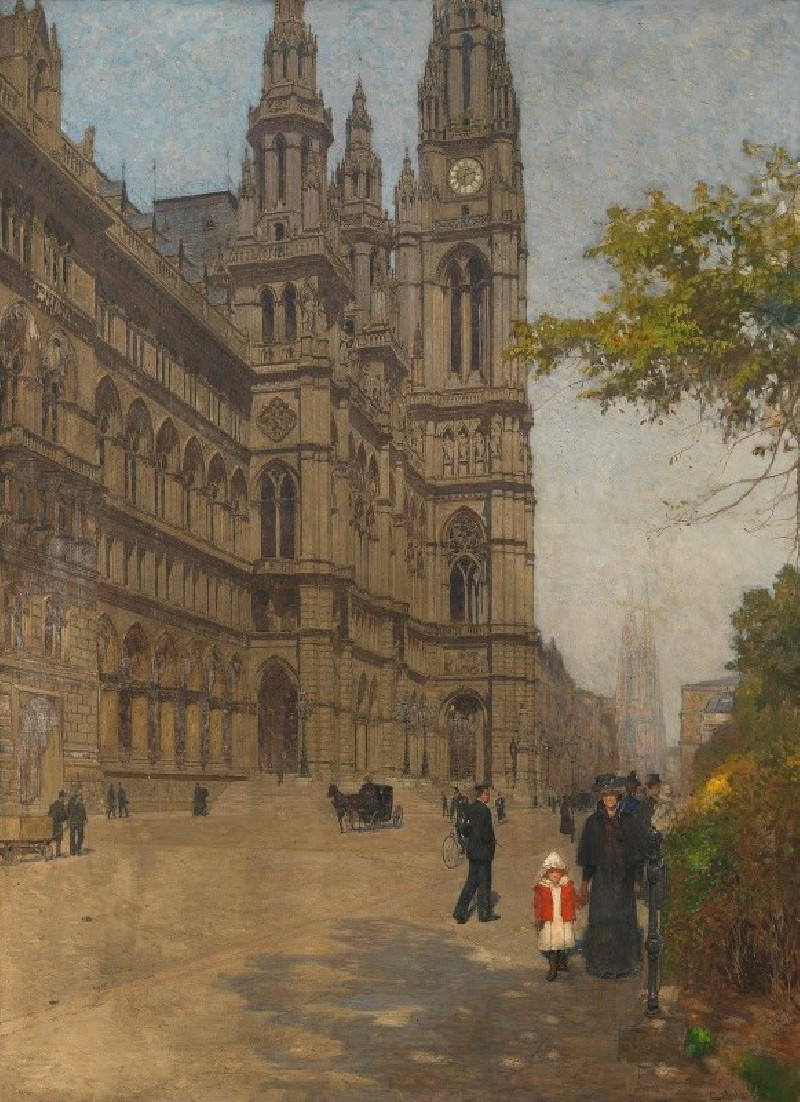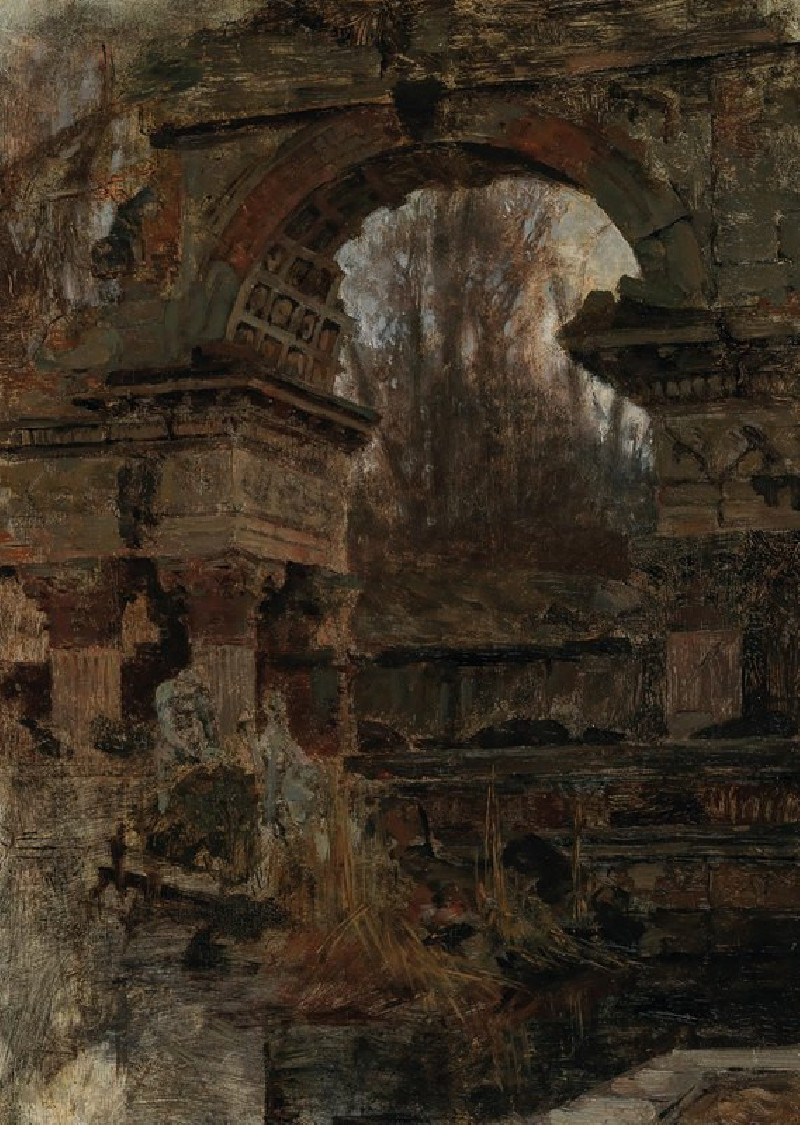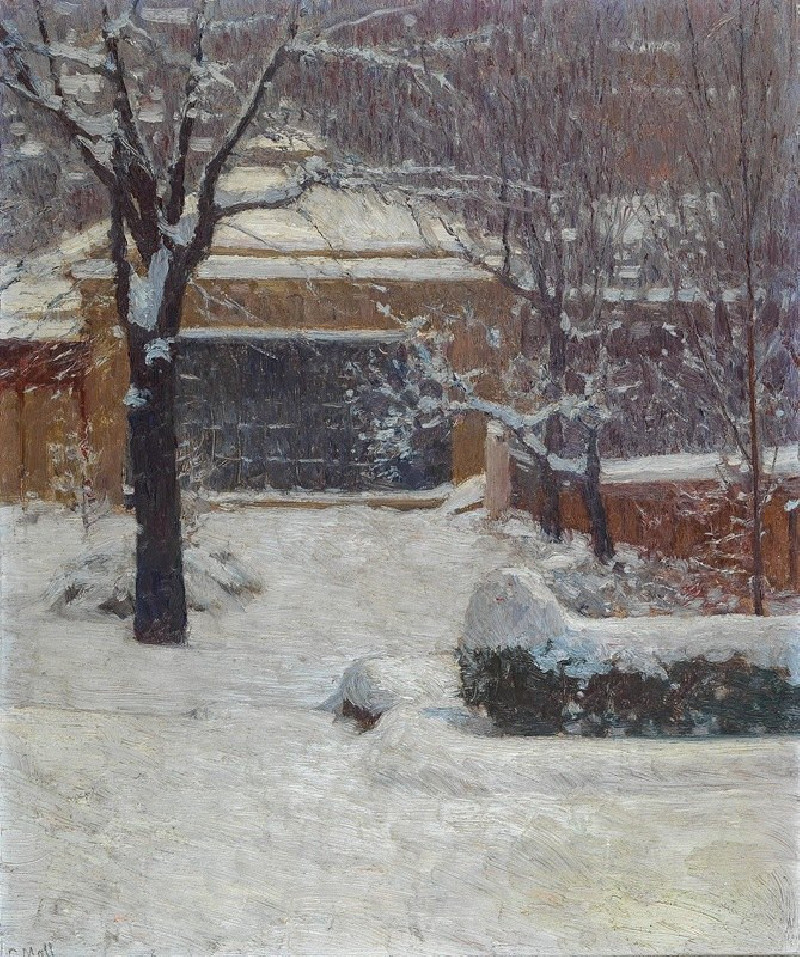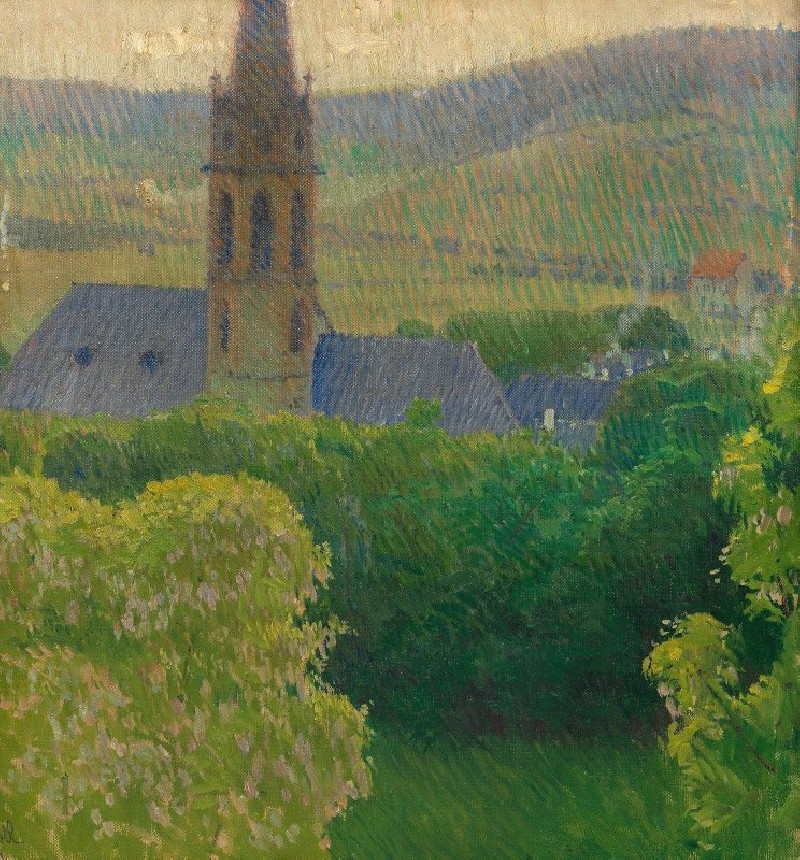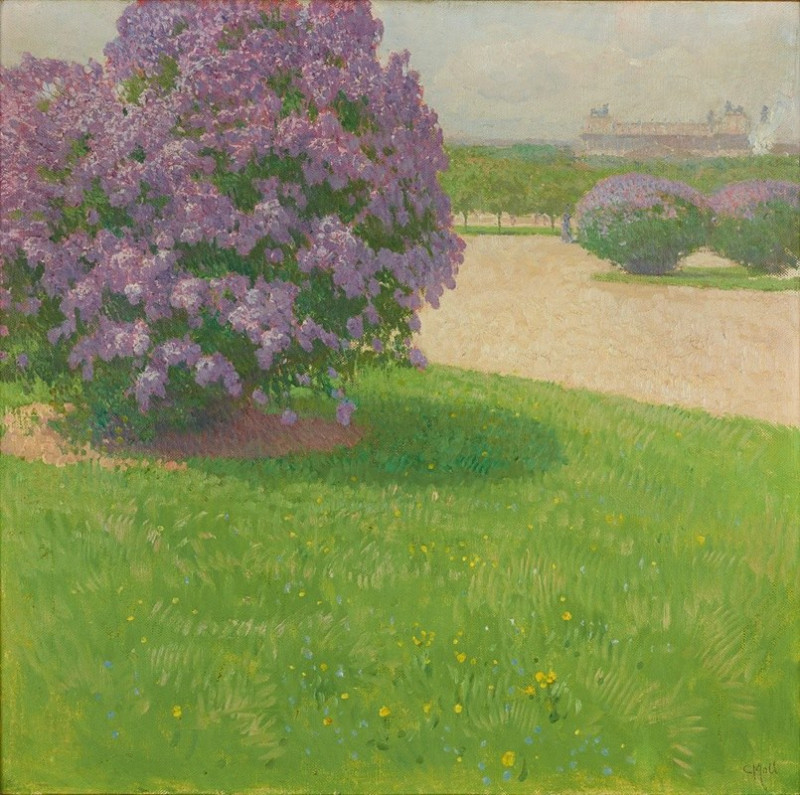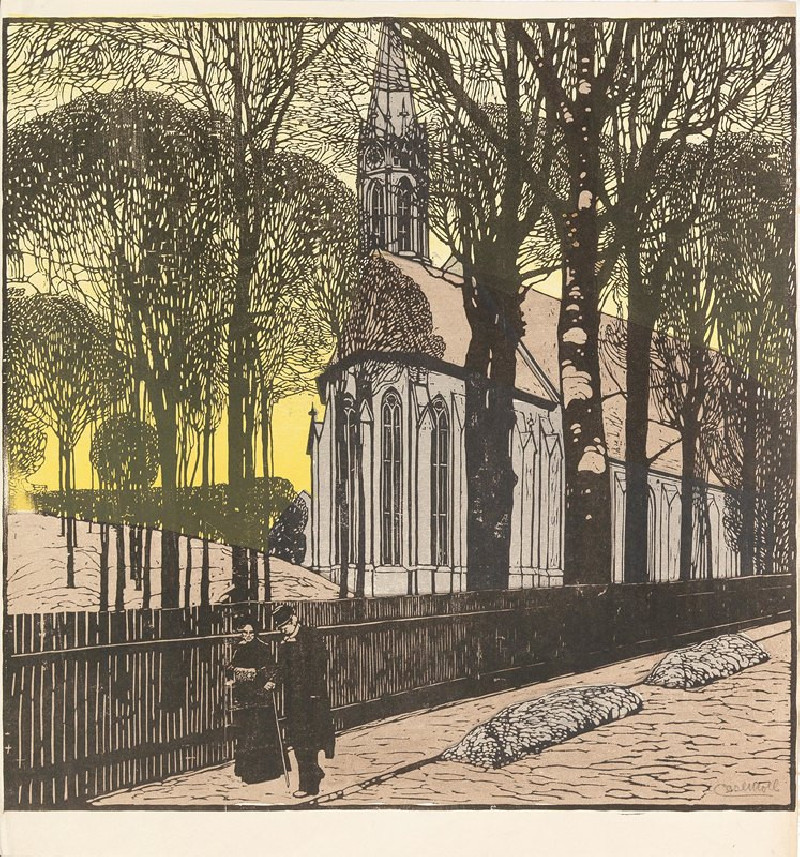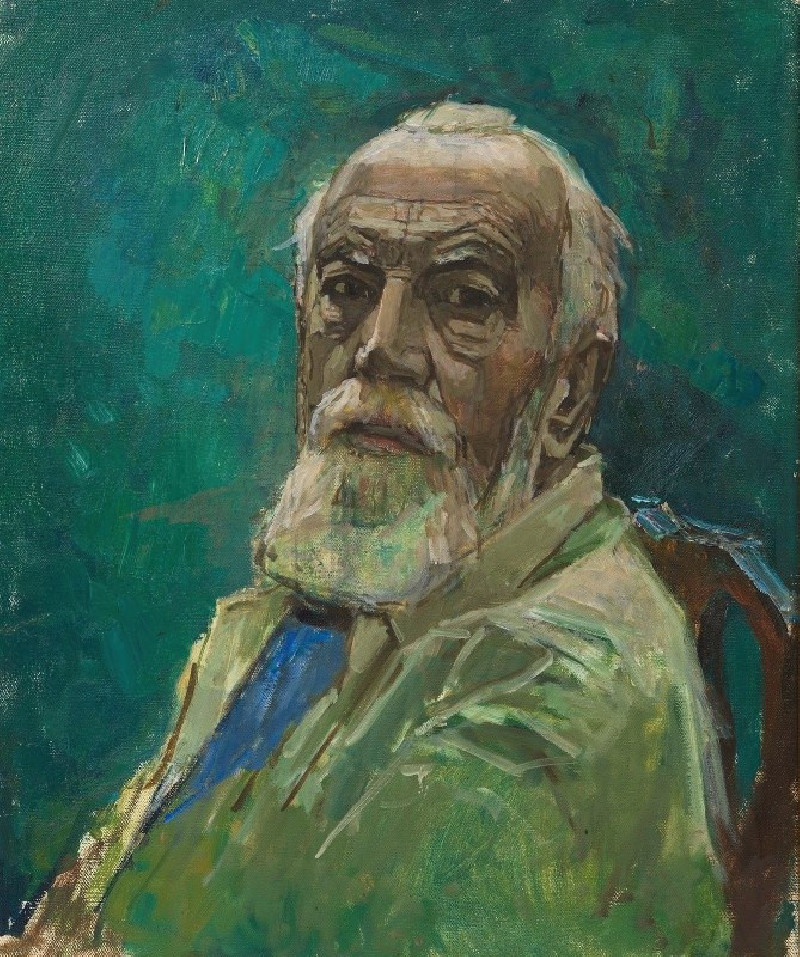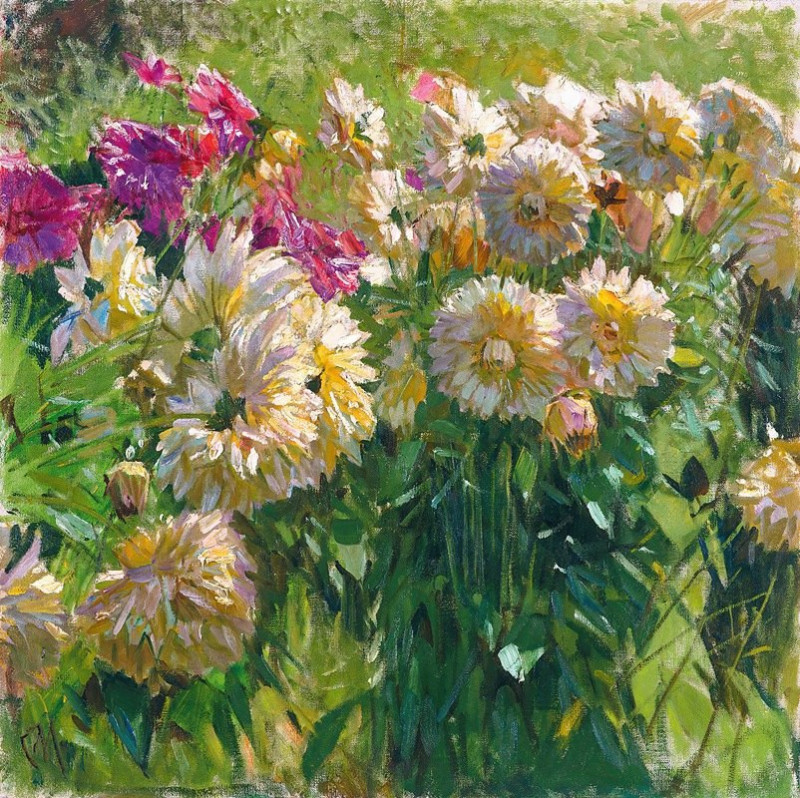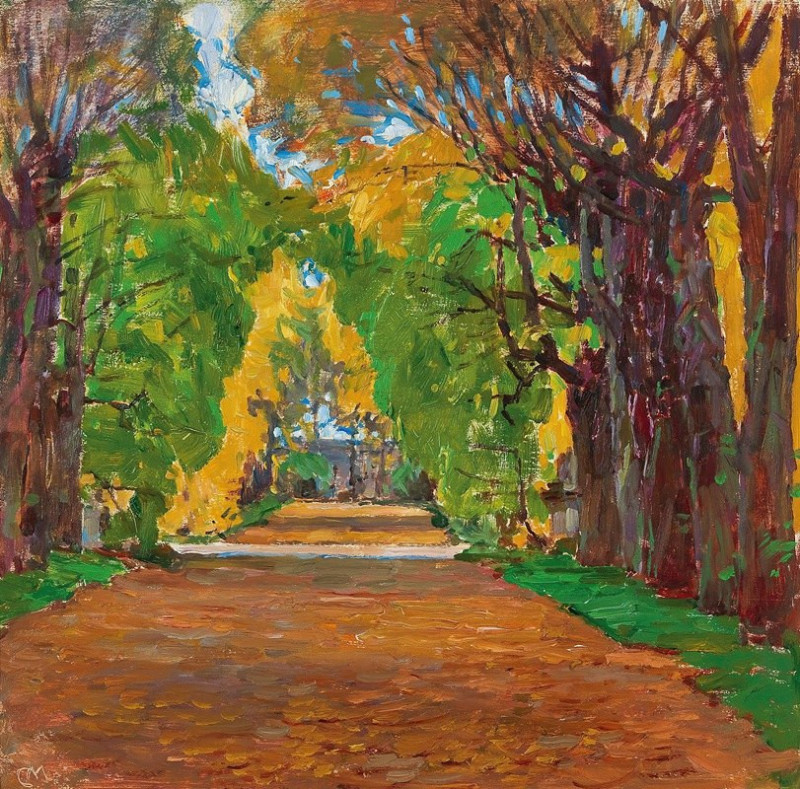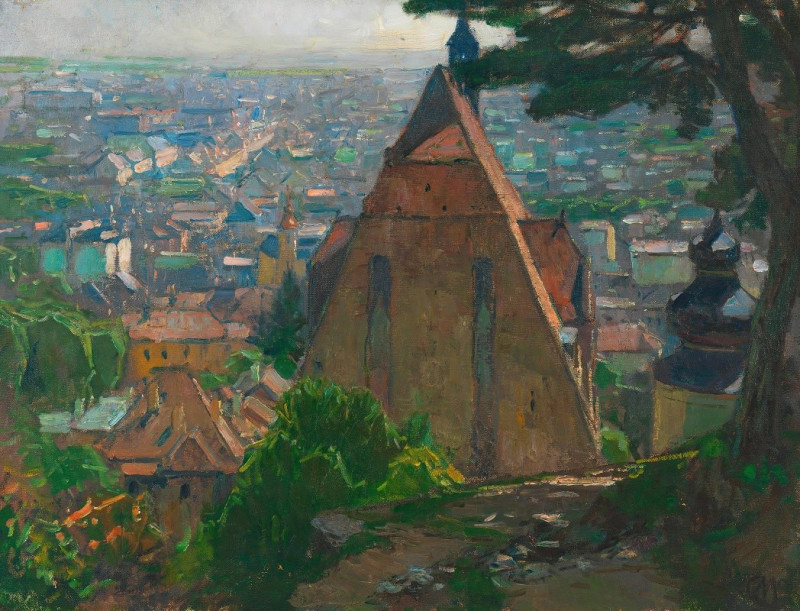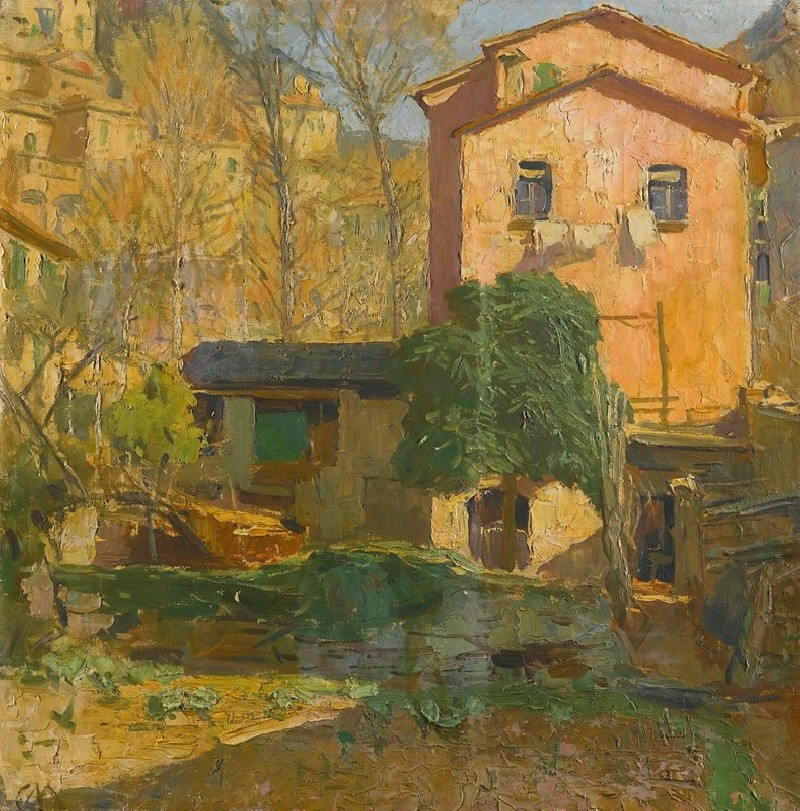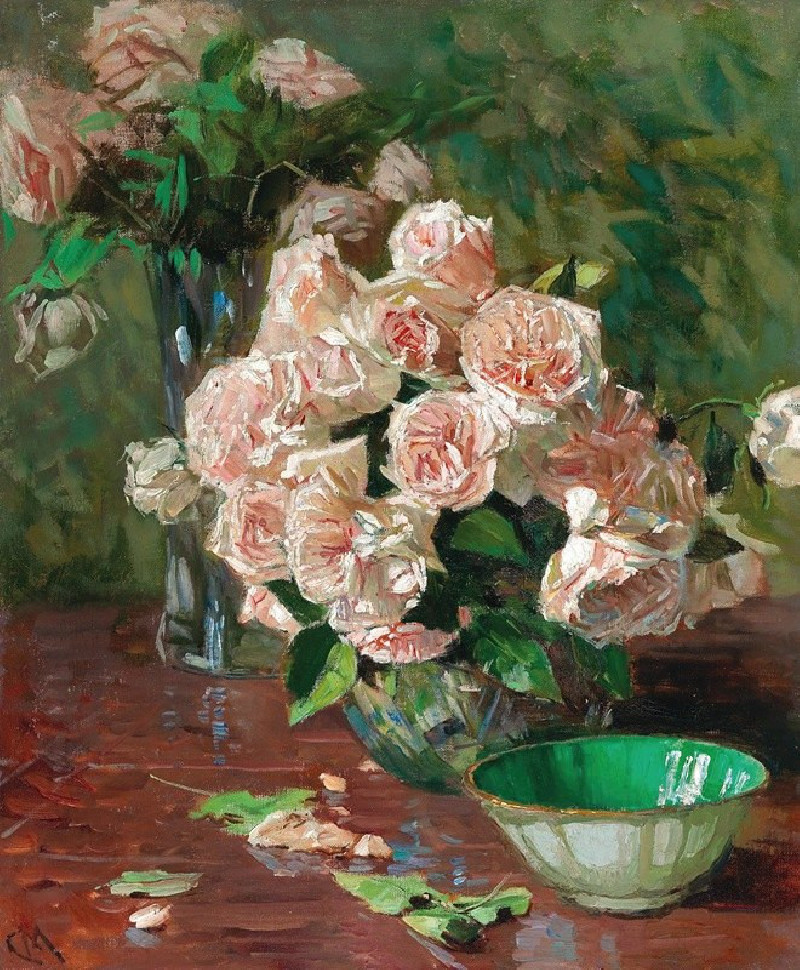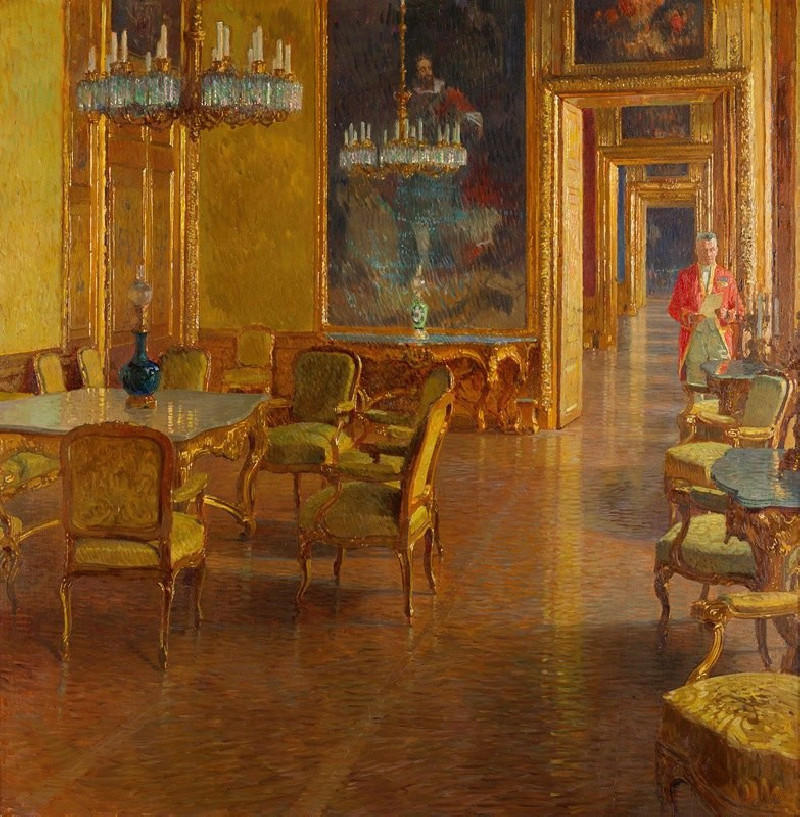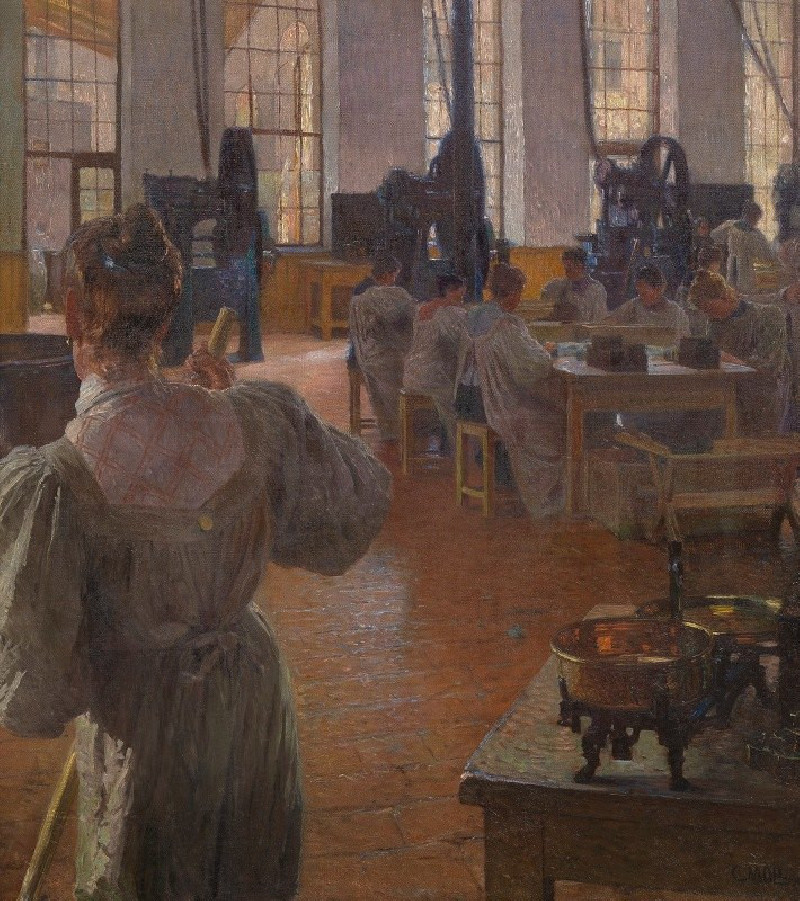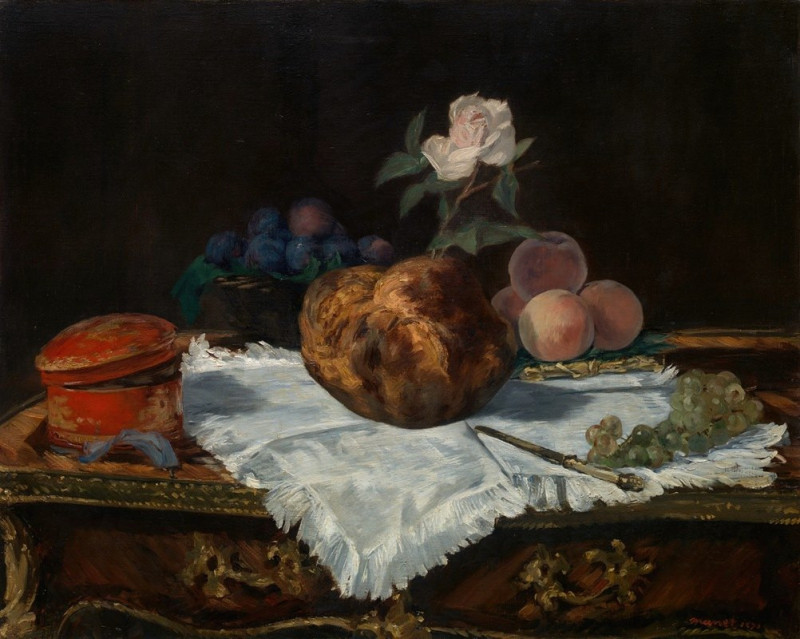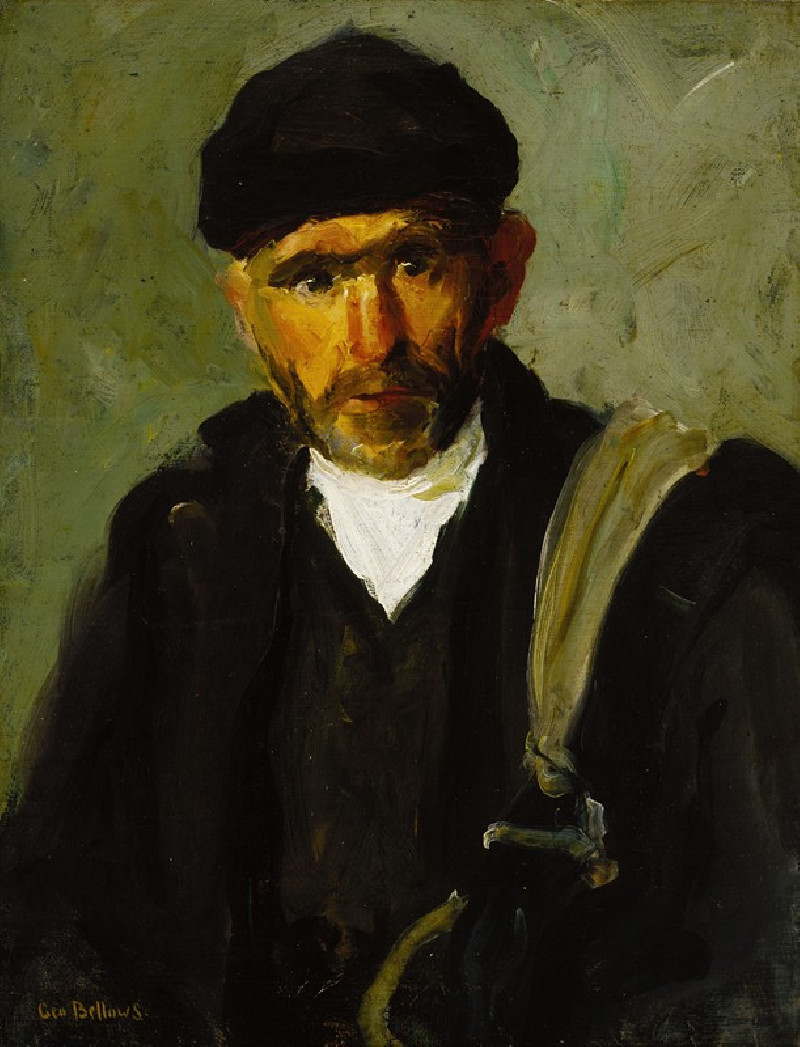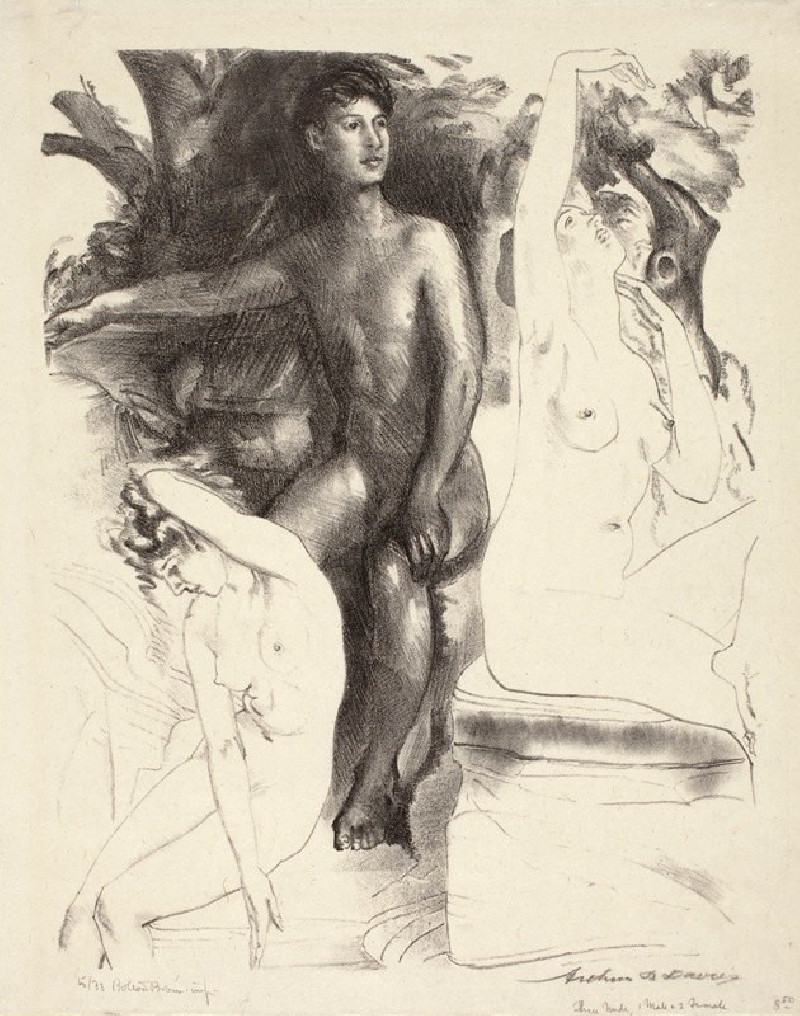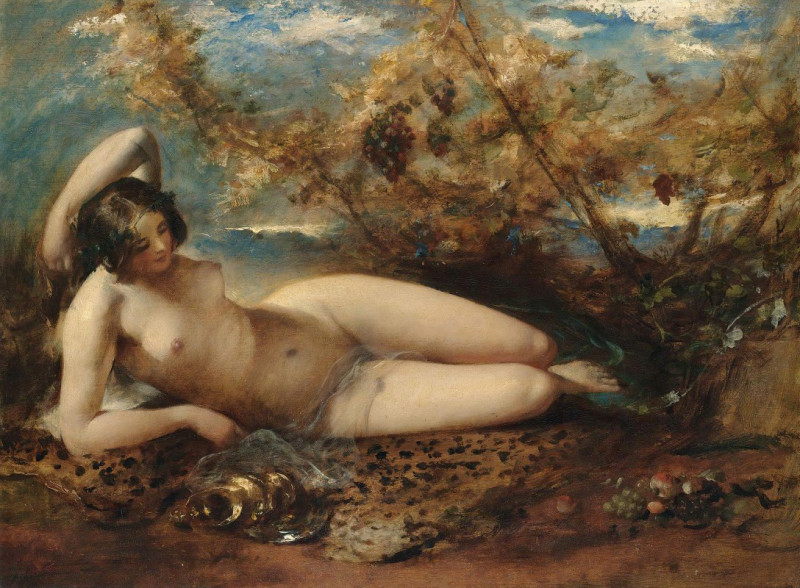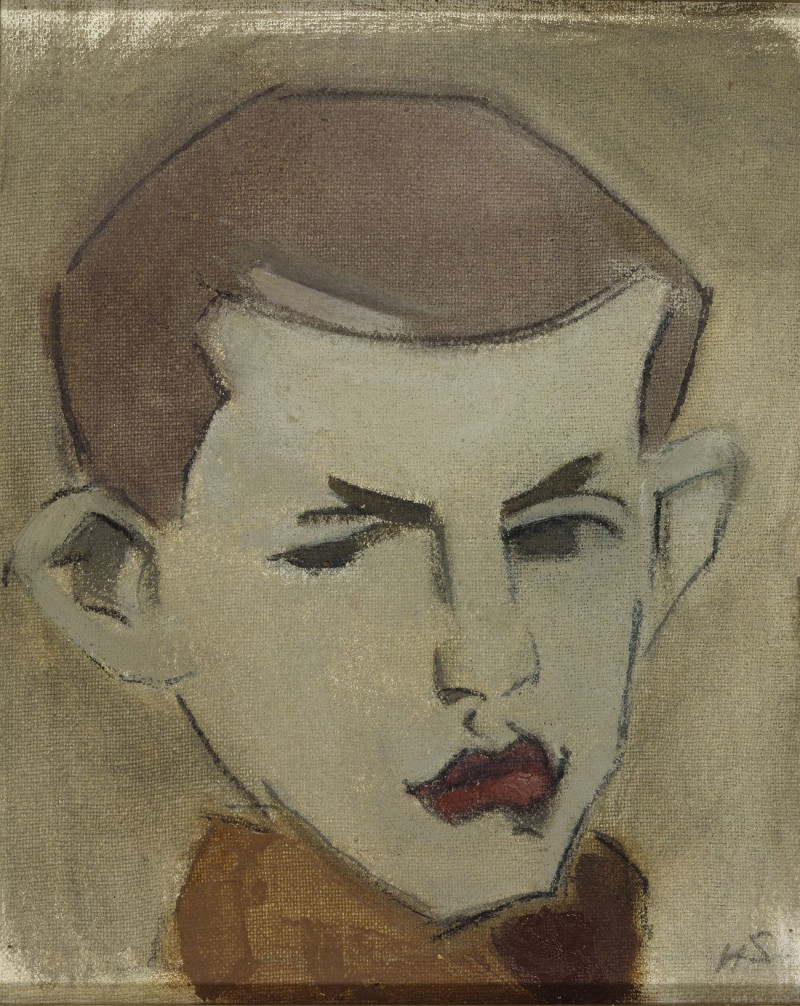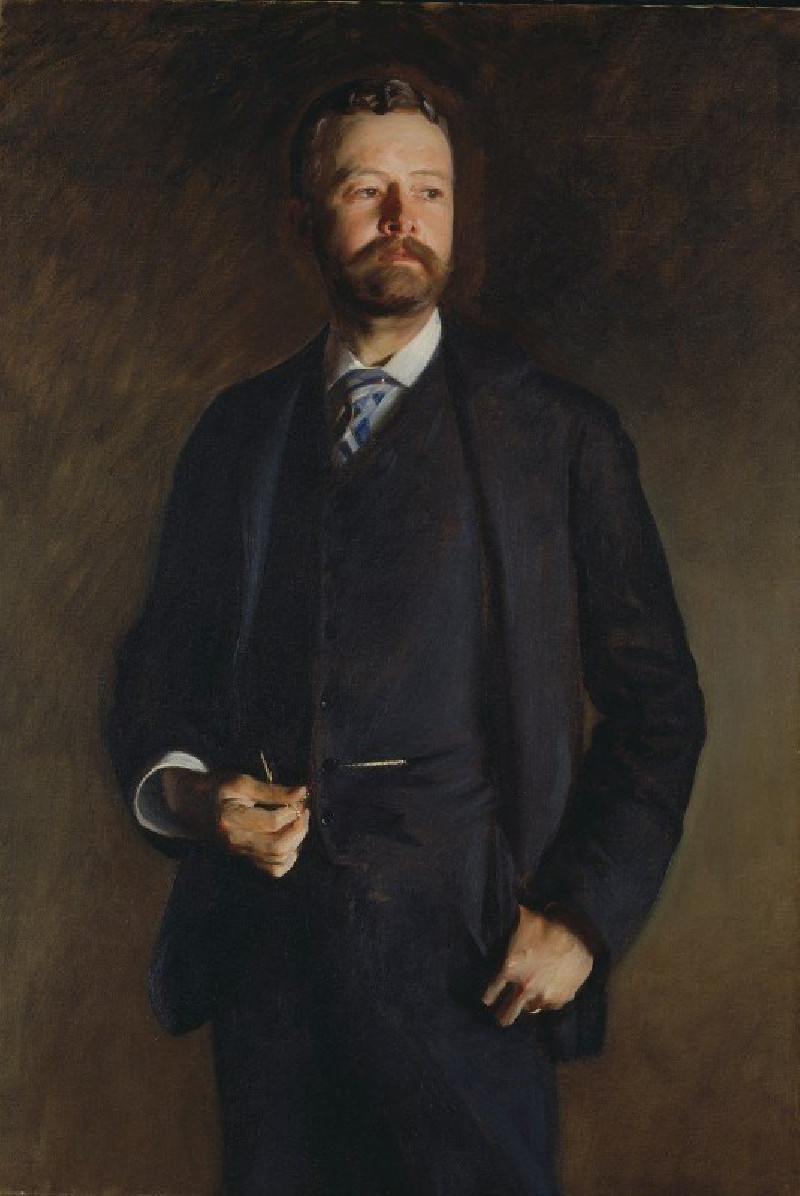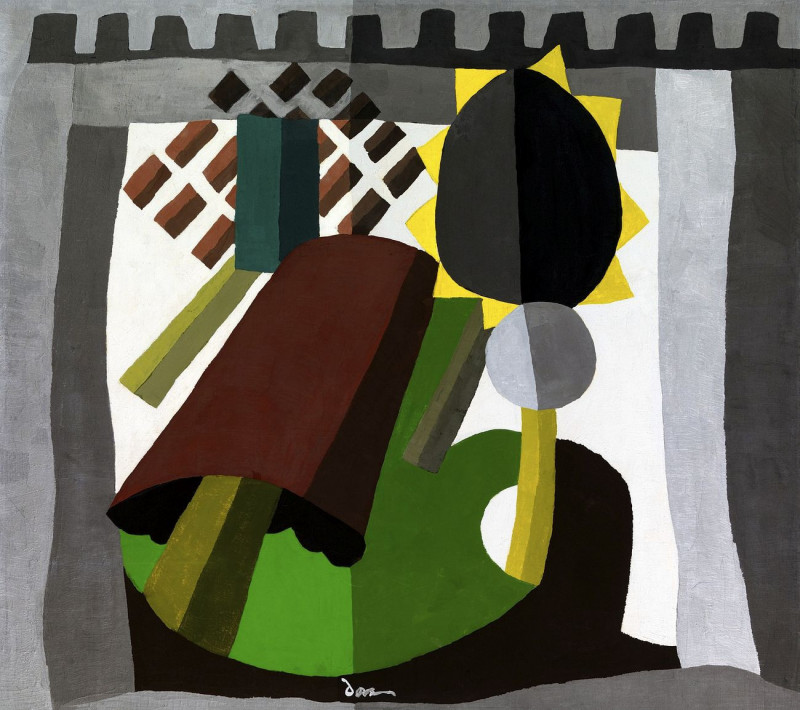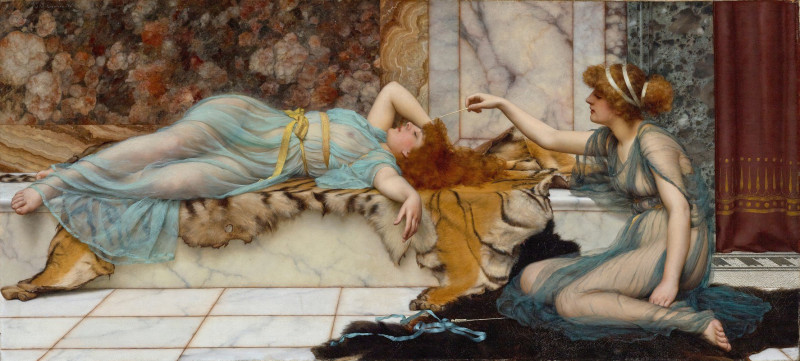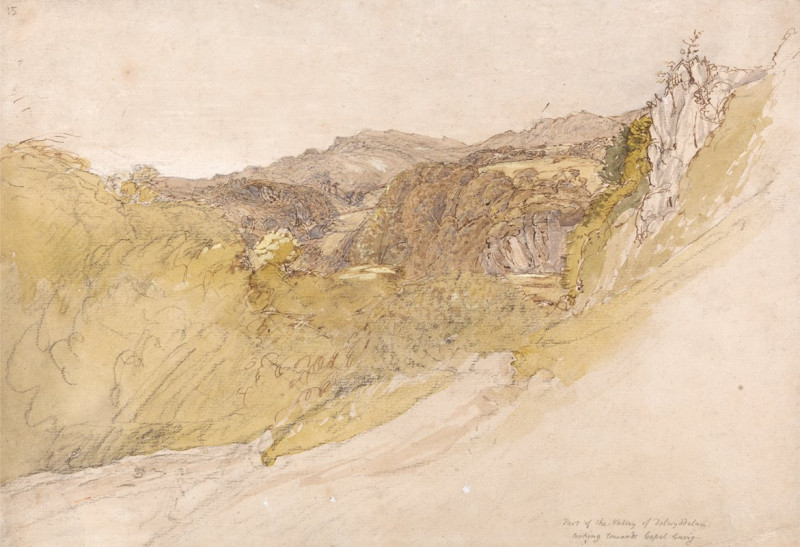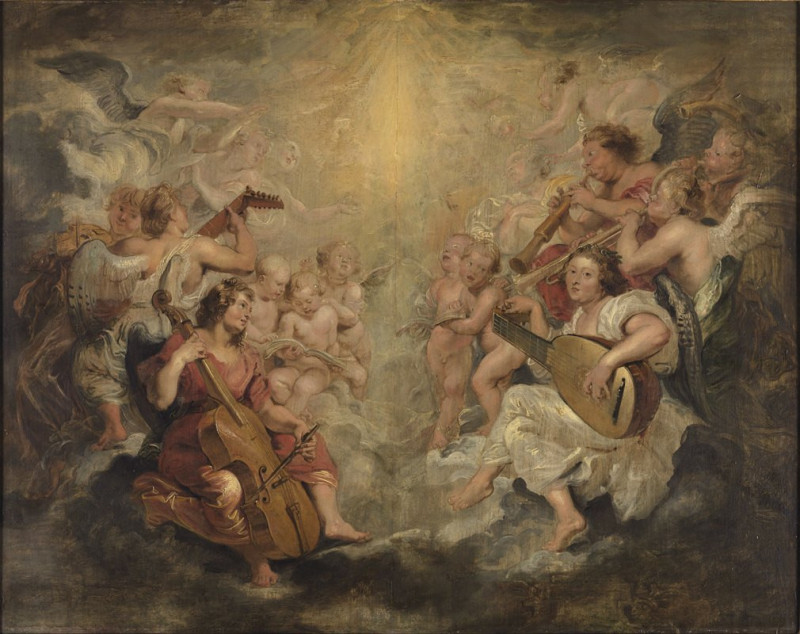Ver Sacrum 1903 15 263 Altwiener Gartenhaus in Döbling
Technique: Giclée quality print
Recommended by our customers
More about this artwork
We proudly present "Altwiener Gartenhaus in Döbling," a captivating woodcut by the esteemed artist Carl Moll, created in 1903 and featured in the illustrious art publication Ver Sacrum. This piece transports the viewer to a serene Viennese garden at the turn of the century, encapsulating a nostalgically quiet corner in Döbling, a district known for its idyllic charm.The artwork is dominated by a classically structured garden house that stands as the central focus, framed by symmetrically aligned trees that seem to sway gently. The intricate details of the pebbled garden path and the carefully placed fountain in the foreground add layers of texture and depth, revealing Moll’s meticulous attention to detail and mastery in woodcut techniques. Light and shadow play across the scene, achieved through contrasting dense black strokes against cleaner white spaces, producing a dynamic yet harmonious atmosphere.Moll’s work not just captures a location but evokes a sense of peaceful solitude, inviting the viewer to step back into a simpler, quieter time.
Delivery
Returns
Carl Julius Rudolf Moll (23 April 1861 – 13 April 1945) was an Austrian art nouveau painter active in Vienna at the start of the 20th century. He was one of the artists of the Vienna Secession who took inspiration from the pointillist techniques of French Impressionists. He was an early supporter of the Nazis and committed suicide as Soviet forces approached Vienna at the end of World War II.

